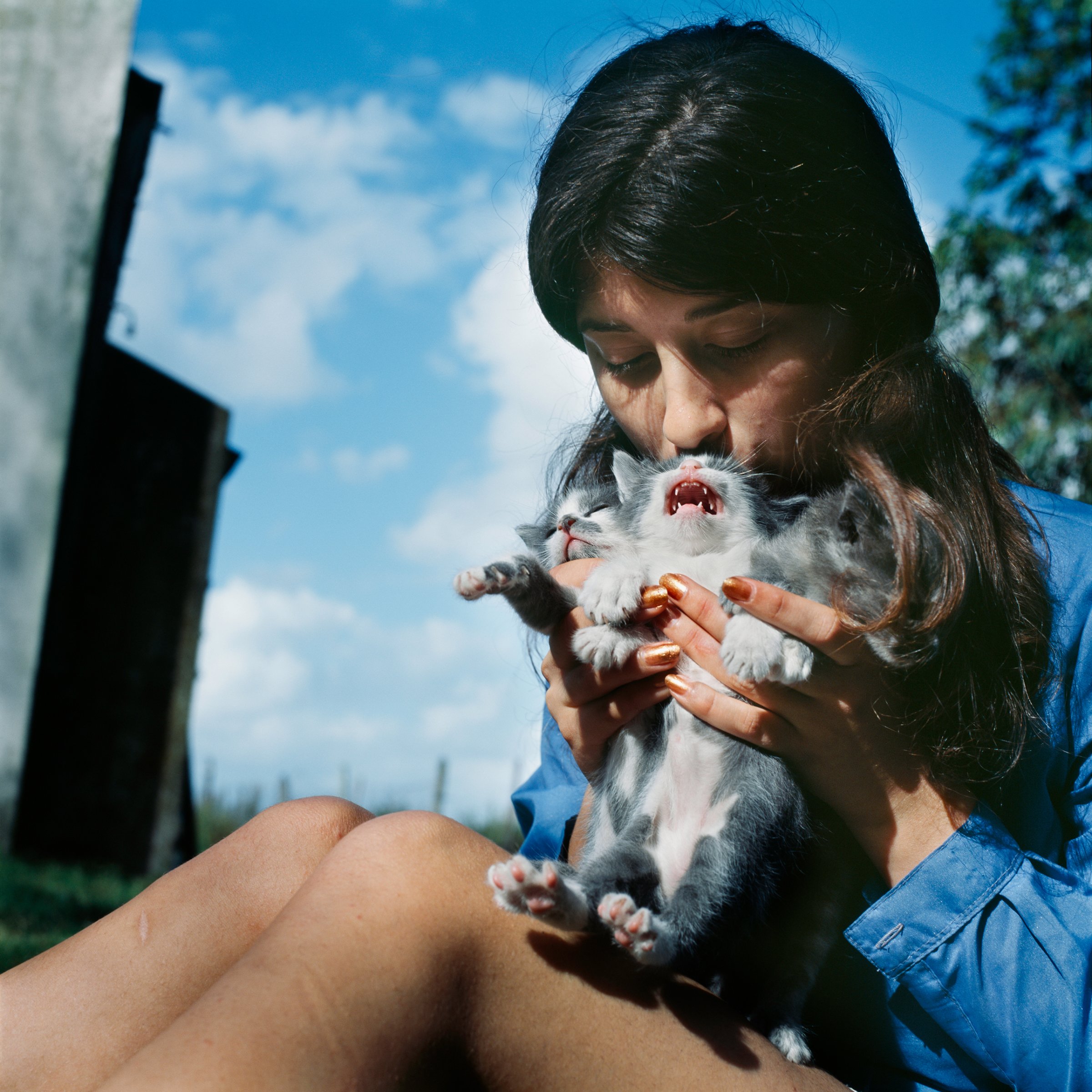
The structure of news distribution is evolving at a rapid pace. For photojournalists in particular, adapting to this new landscape – relying less on publications and looking to alternative models to tell their story – is key to success. To reflect this shift, Magnum Foundation has launched a new program, the Magnum Foundation Fund, which will replace the Emergency Fund program, established in 2008, and support image-makers who are pushing to “expand the parameters of documentary photography.”
This year’s selection of grantees are Mari Bastashevski, Marko Drobnjakovic, Carlo Gabuco , Daniel Castro Garcia, Eduardo Hirose, Nneka Iwunna, Mimi Cherono Ng’ok, Musuk Nolte, Alessandra Sanguinetti and Faiham Ebna Sharif. These ten photographers, who hail from nine different countries, will each receive a sum of money to work on their proposed projects – either a new chapter of a story previously explored or an entirely new perspective.
“The fund was created in a climate where in-depth work was no longer fully supported by the media as it had been previously,” says Emma Raynes, Magnum Foundation’s Director of Programs. “Since the fund was initiated, the climate has shifted and photographers are also adapting.”
The fund, $80,000 in total, is more than just a “check in the post”; grantees will also receive development support and mentorship. Grantee Mari Bastashevski says: “It’s a warm collegial family that builds and sustains relationships over time, weaving production grants with other resources and initiatives that are actually relevant to the work.”
Bastashevski, who will use the fund to complete the final chapters to a six-part investigative project called State Business, argues that the benefits of grants like MF are reciprocal. “Emerging photographers are just as vital for grantors as grants are for emerging photographers. Photography institutions and established names are dependent on this black mass of upcoming talent,” she says. “After all, these are the men and women who invest alternative resources into keeping the relatively small eco-system of the photo-universe afloat.”
For many grantees, the fund is a lifeline for their work. Daniel Castro Garcia, whose work documenting migrants in Italy has won him critical acclaim, says: “It’s really tough to survive in the photography world when you’re starting out. Even when things go well for you, it doesn’t correlate to financial reward and this work really is a labour of love.” The grant means Garcia will be able to continue his Foreigner: I Peri N’Tera project, where he will return to Sicily to work closely with a group of unaccompanied minors living at a small reception center near Catania.
The Foundation believes that support for “critical, varied, and artist-driven narratives is urgently needed in today’s climate”. With that in mind, the MFF, which works in collaboration with the Prince Claus Fund, places particular emphasis on photographers working within their home region or community. Of this year’s ten grantees, seven are working within their home countries. One such grantee is Marko Drobnjakovic, whose project “The Last Yugoslavs”, explores the dissolution of multiethnic societies and the challenge of preserving individual and collective memory.
To ensure this geographically diverse pool of proposals, the MFF is by nomination only; typically editors, curators and critics who have strong ties to specific areas around the globe. They are then selected by independent jury, which this year includes Danielle Jackson, writer, educator, and co-founder of the Bronx Documentary Center, Thomas Keenan, Director of the Human Rights Project and Associate Professor of Comparative Literature at Bard College and Marisa Mazria Katz, director of media initiatives at Creative Time. “The amount of work being produced by people who are working in their home countries, especially various African and South American nations, made me hopeful and invigorated for the future of documentary practice,” says Jackson.
Alexandra Genova is a writer and contributor for TIME LightBox. Follow her on Twitter and Instagram.
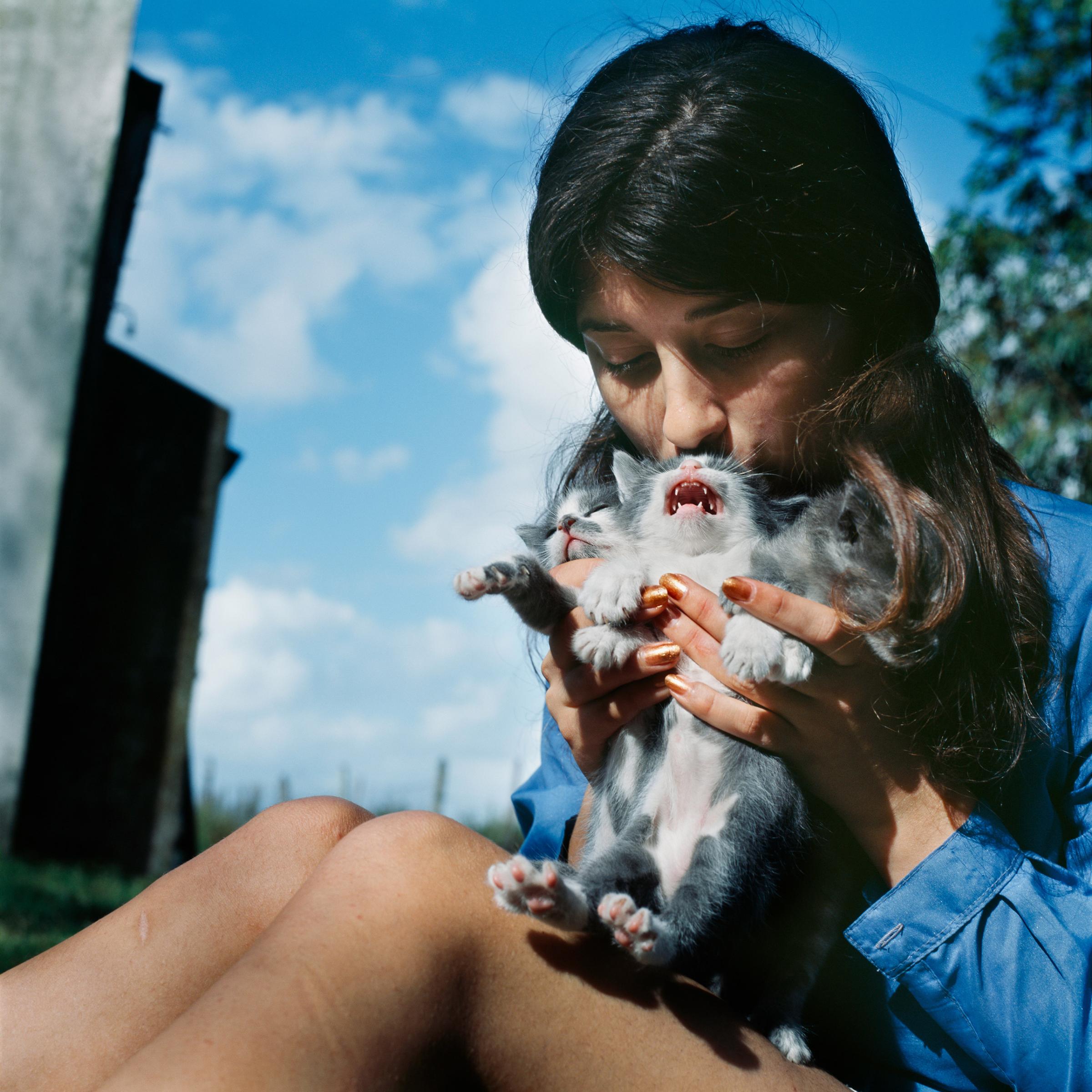
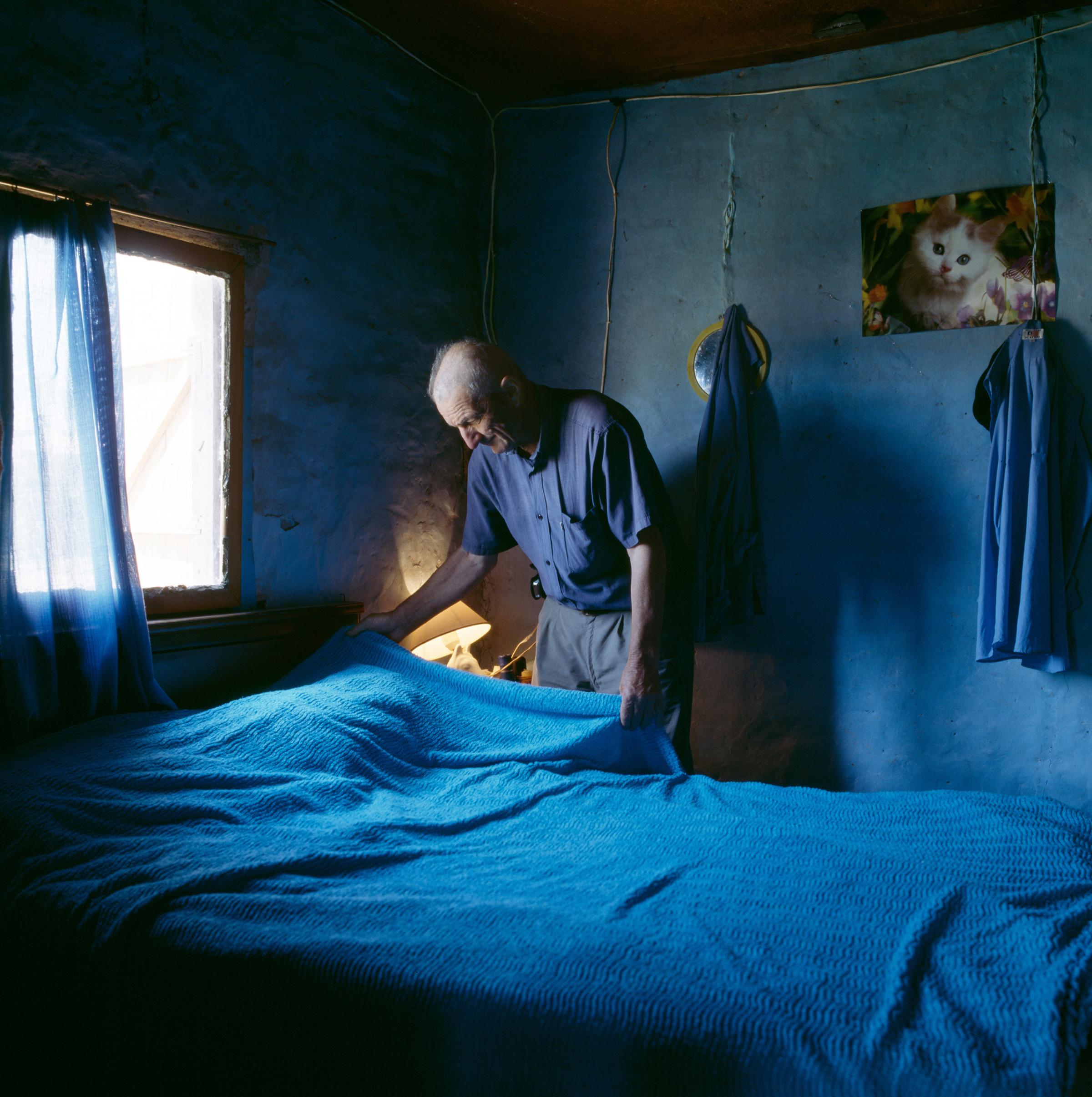



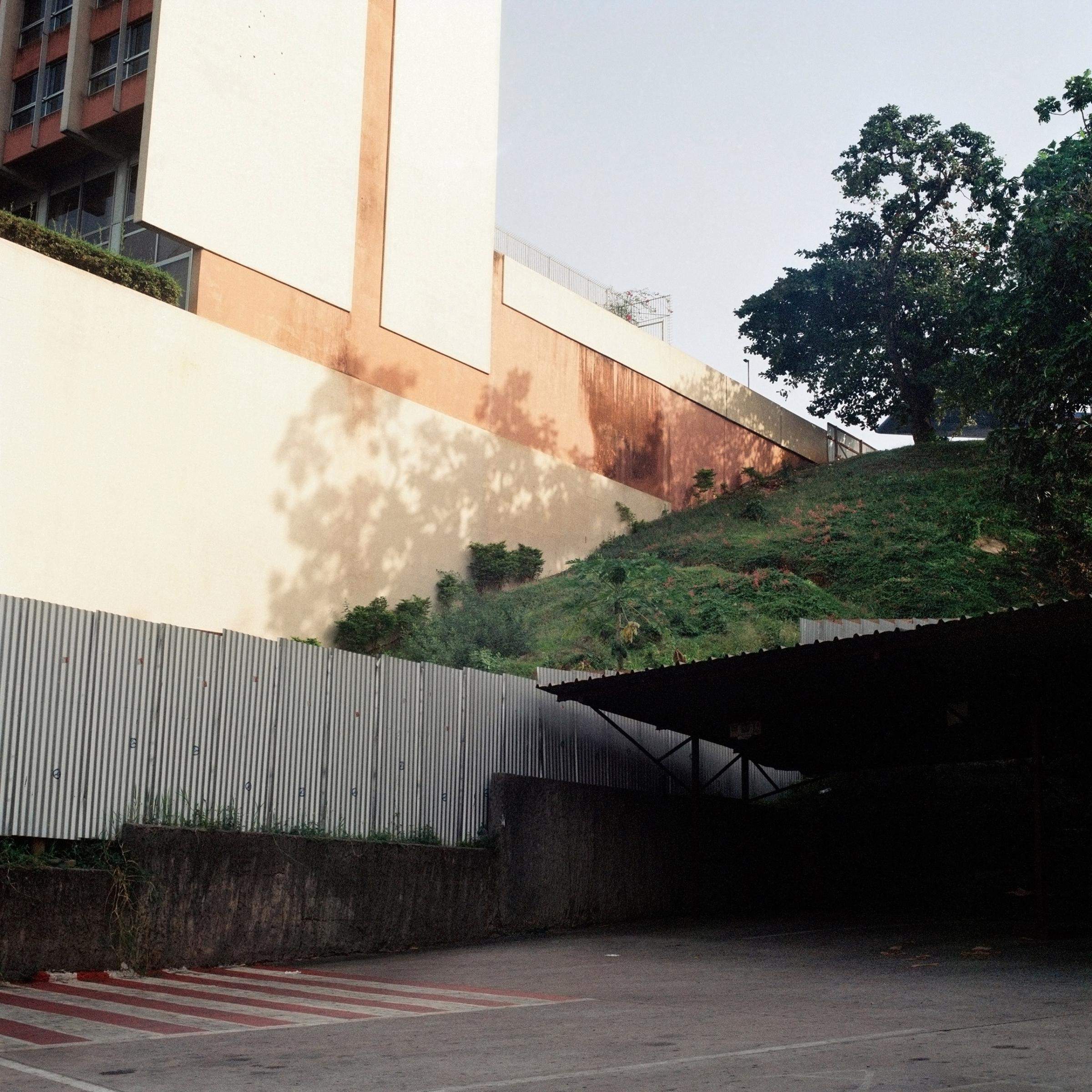
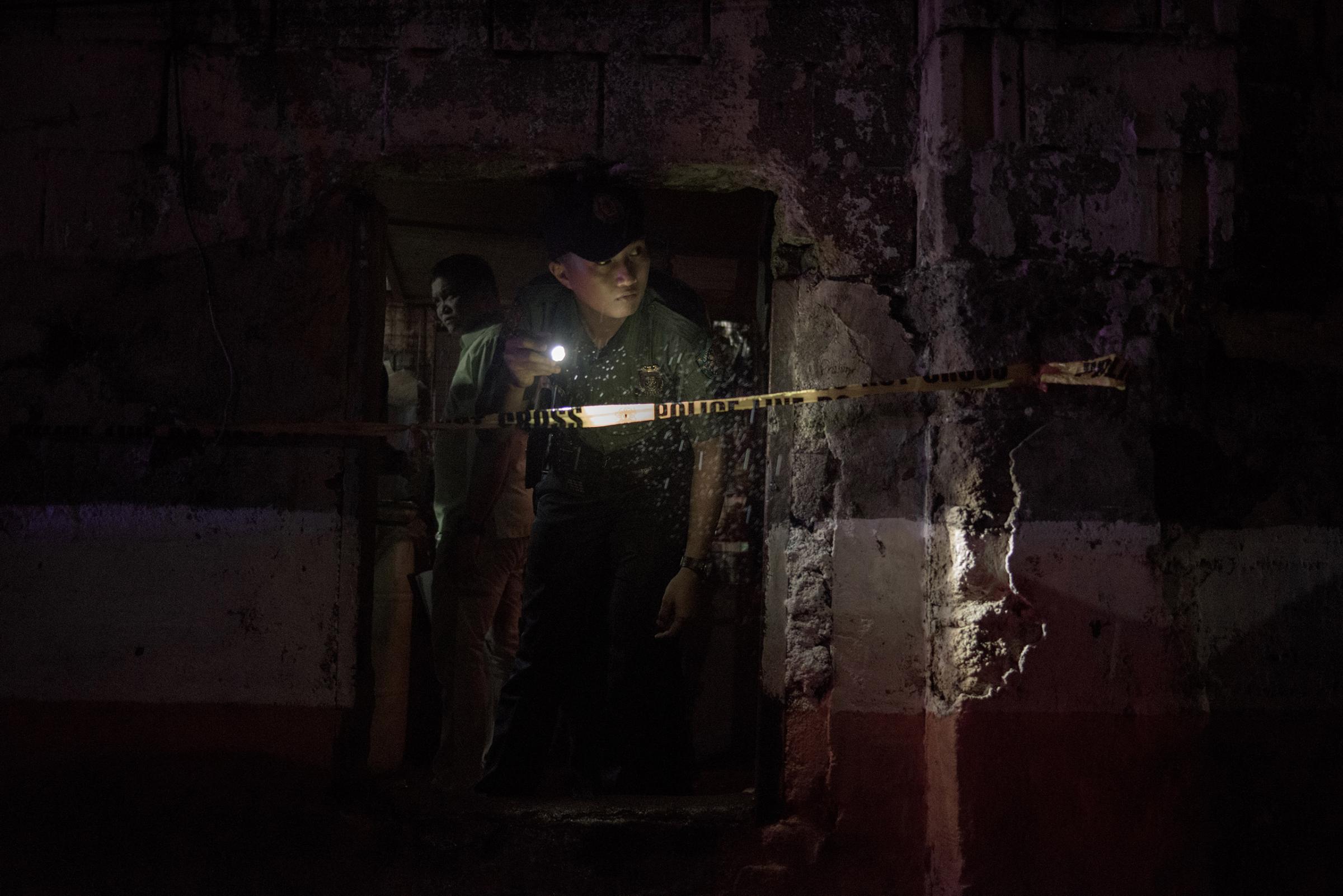
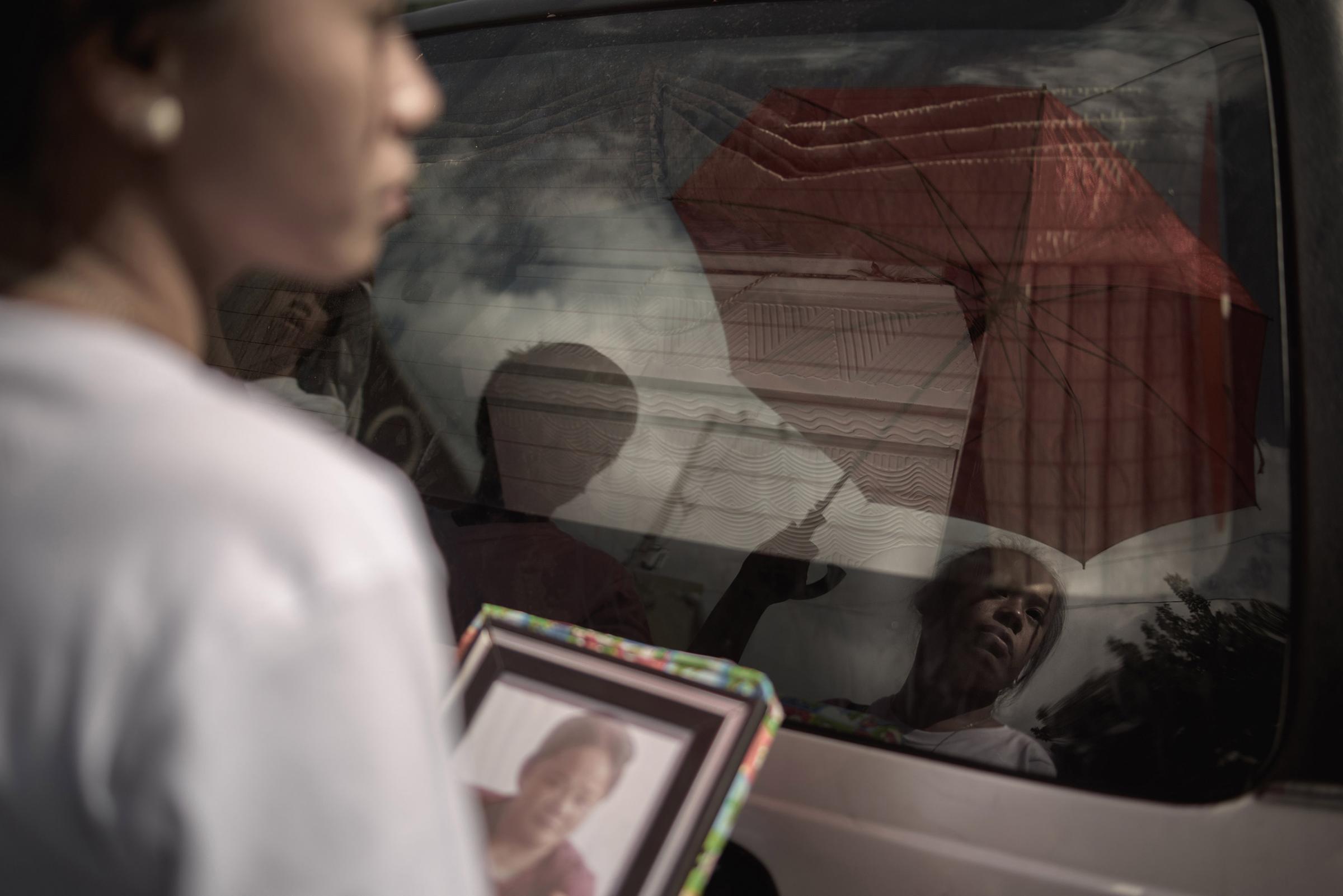

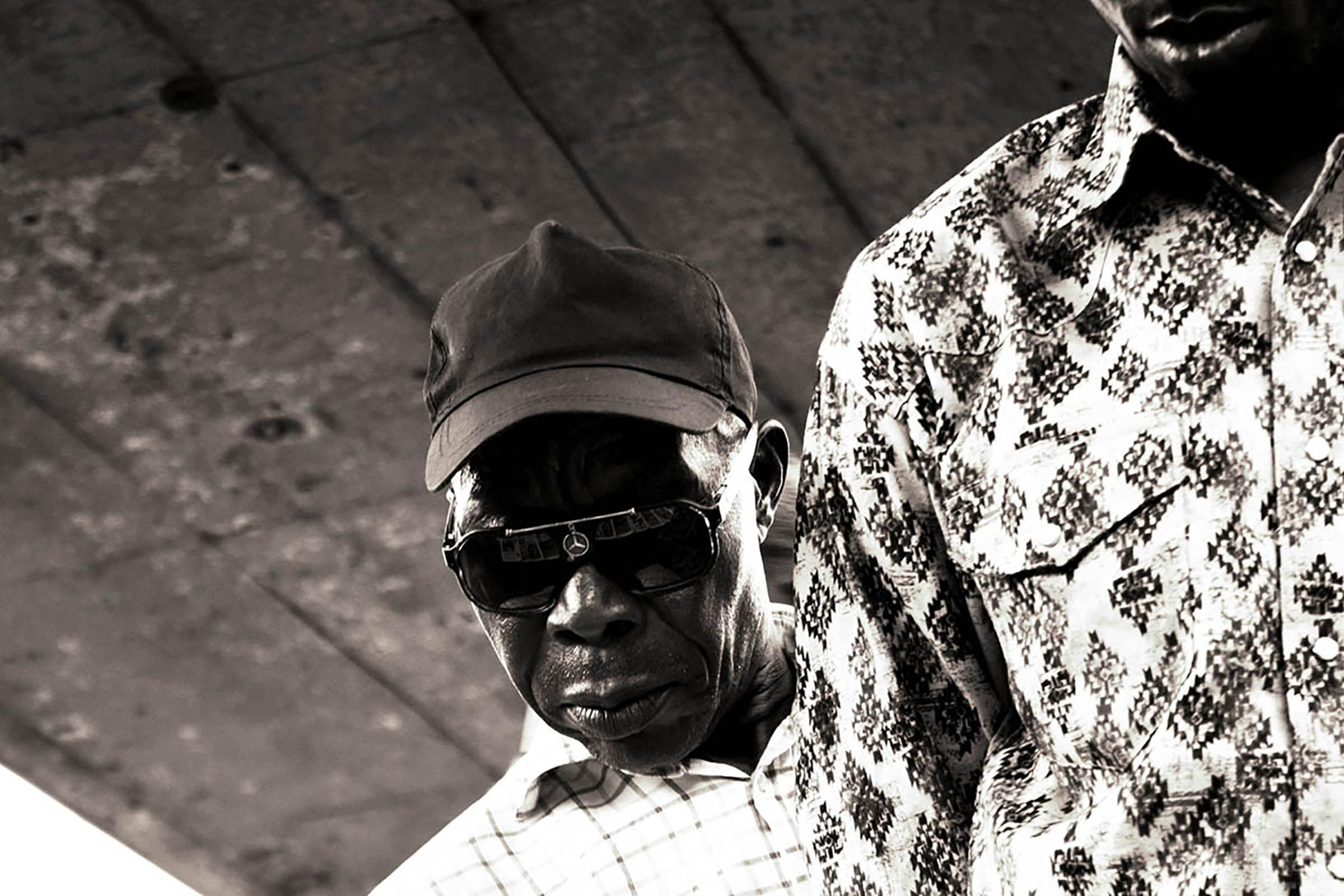

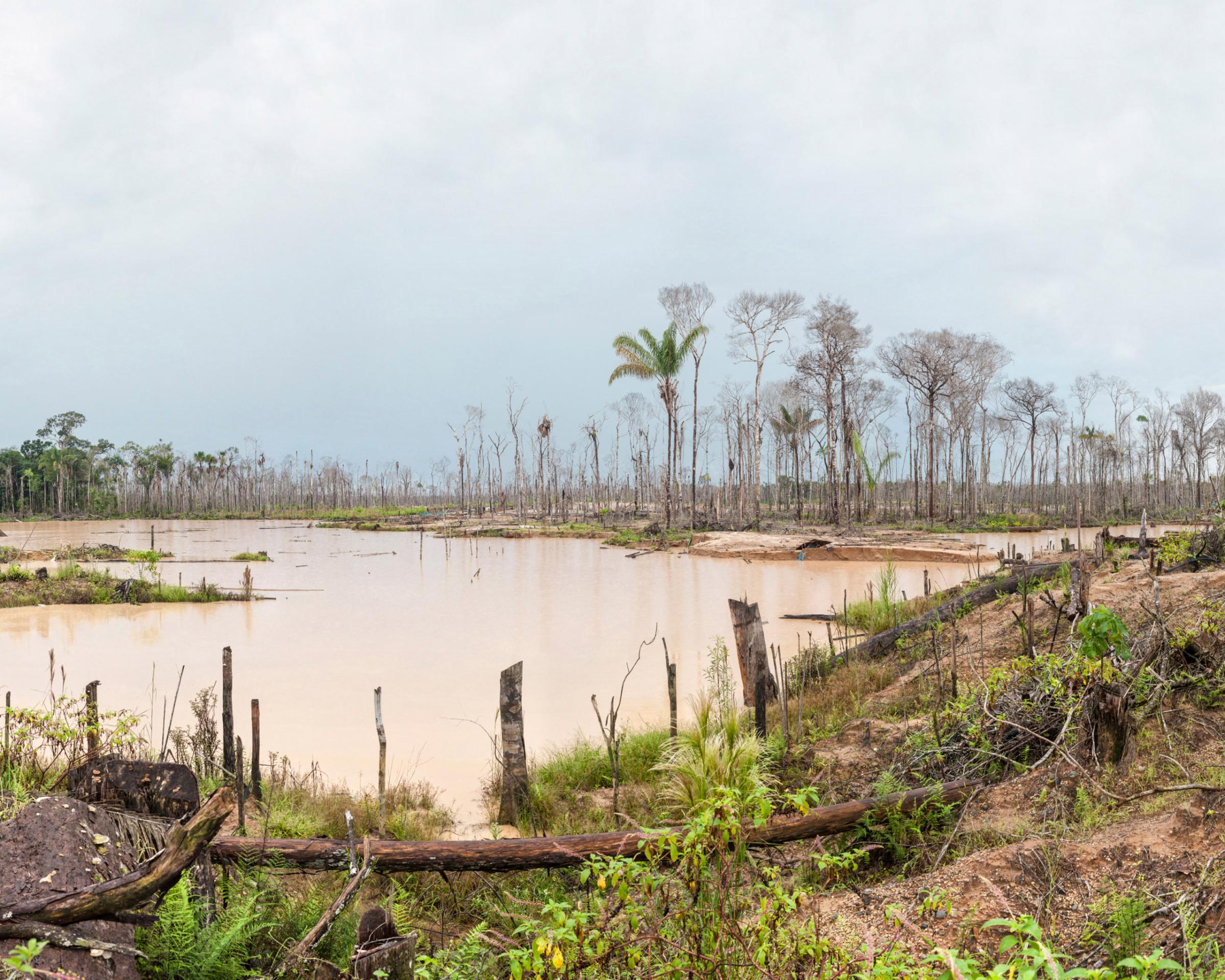




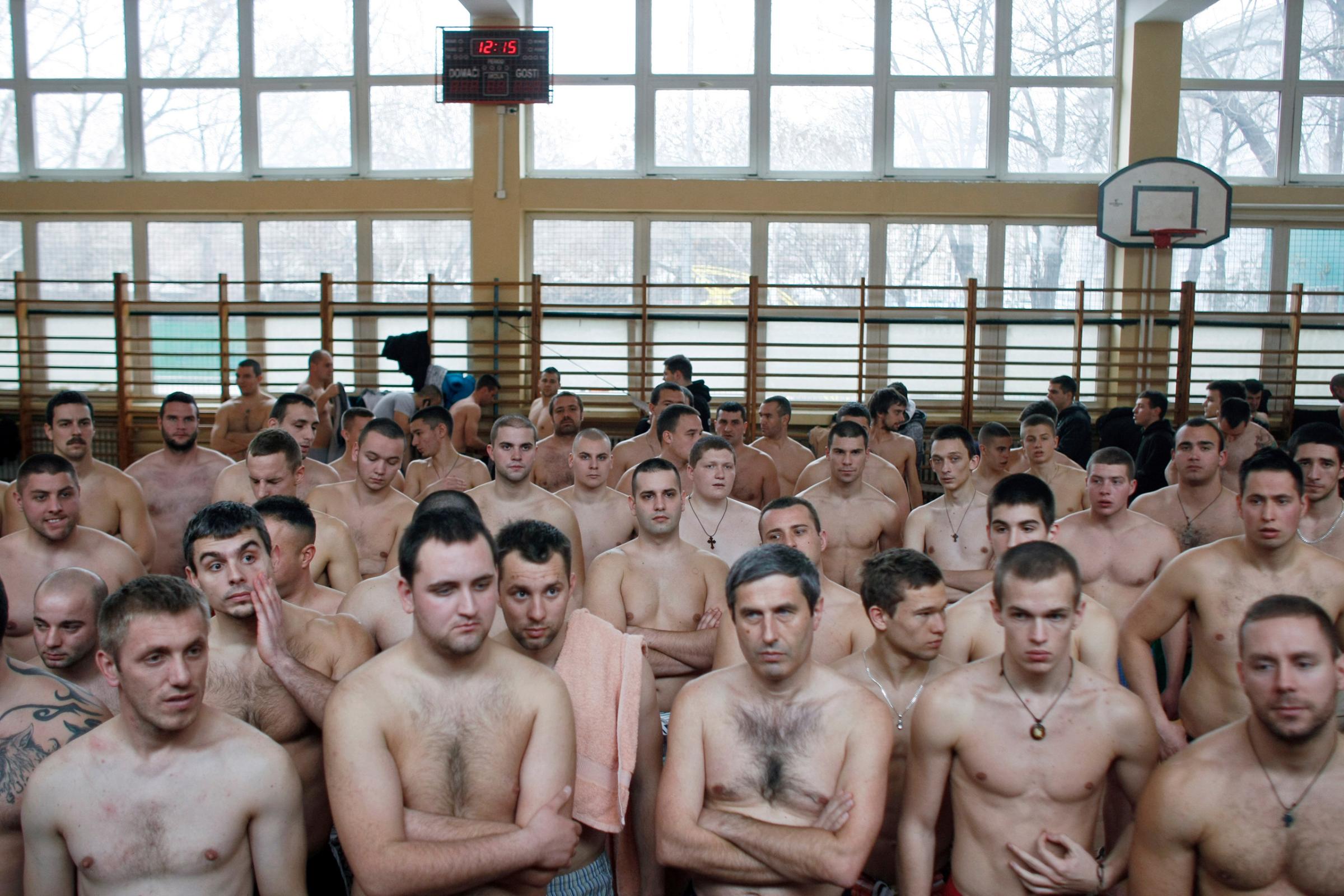

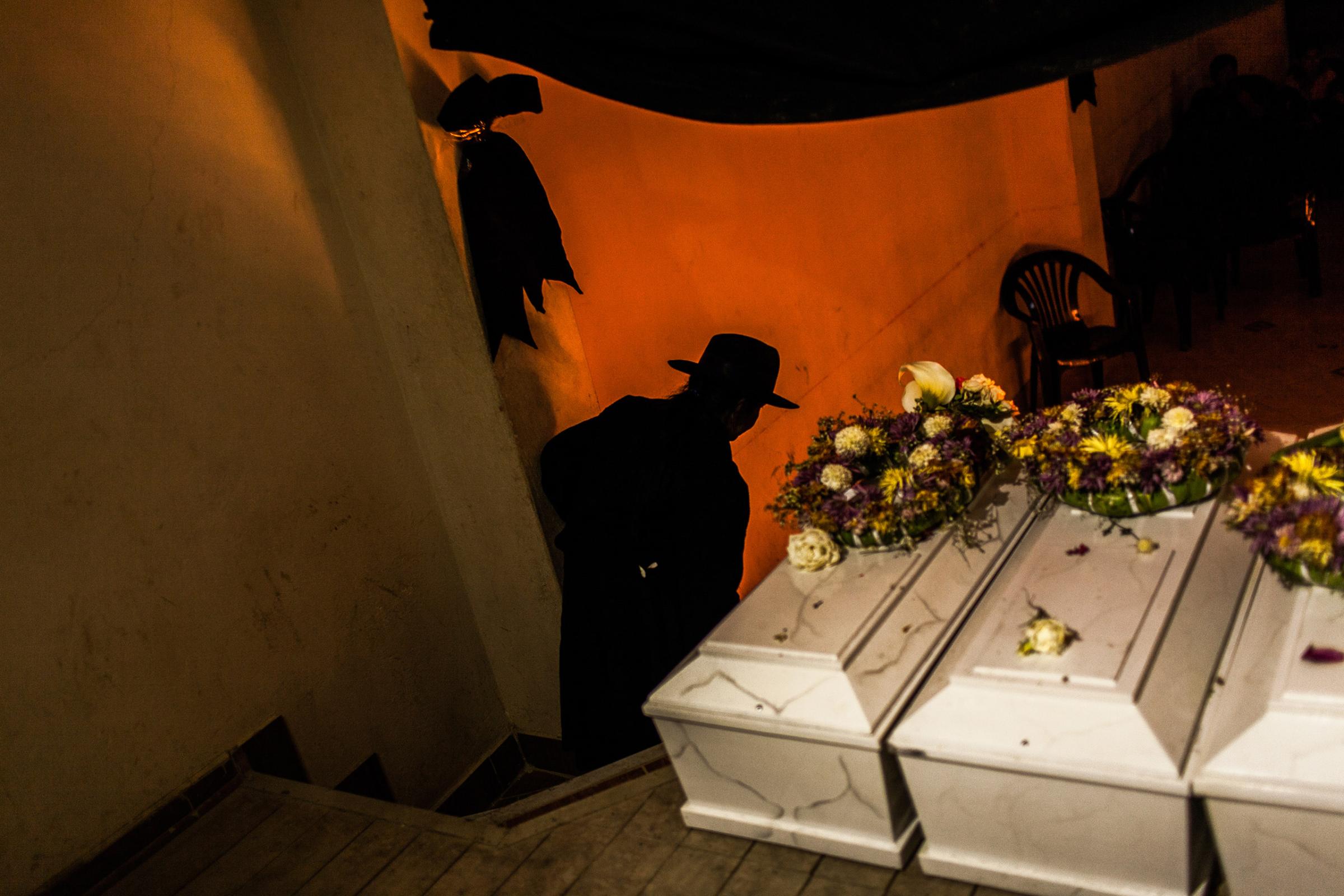
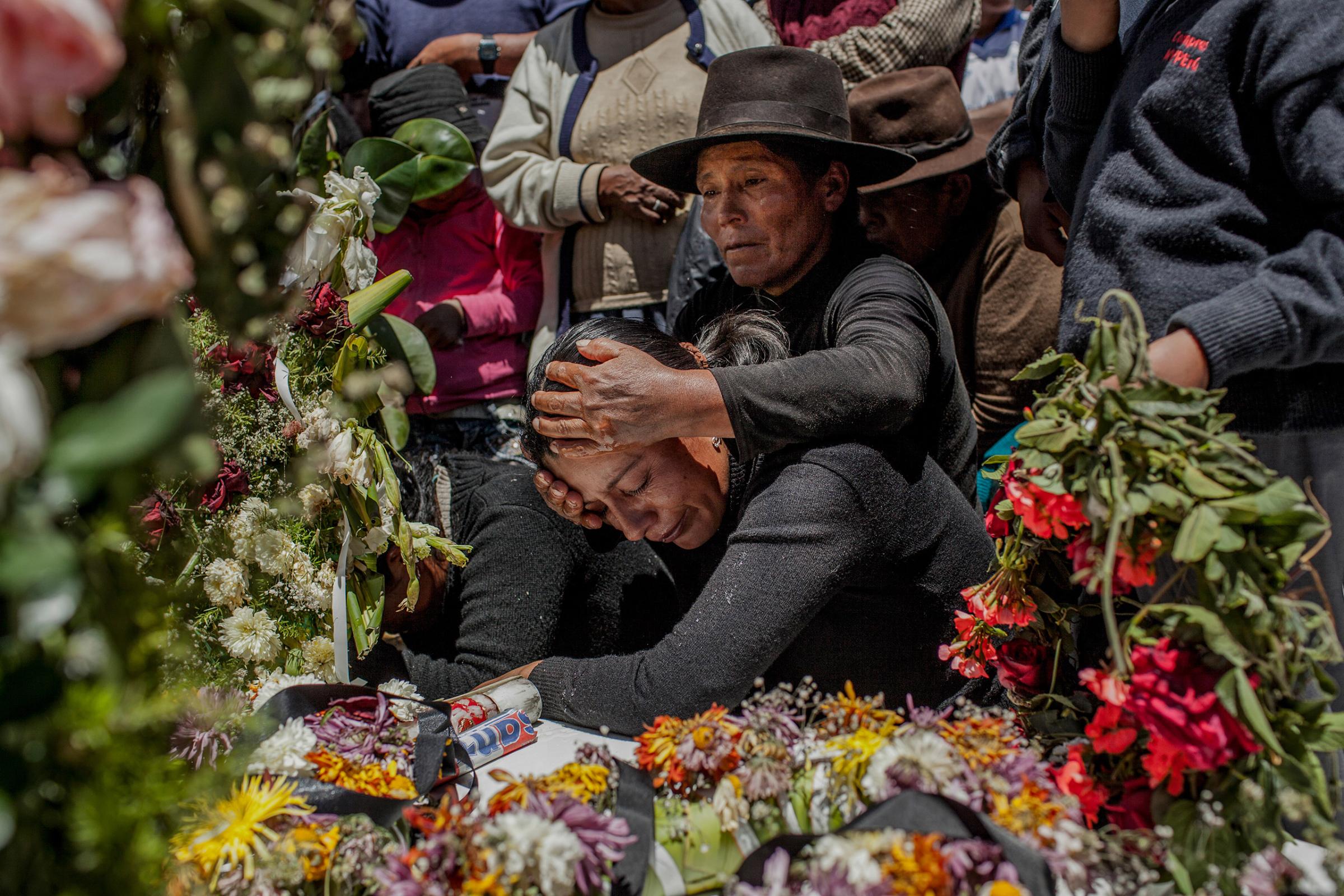
More Must-Reads from TIME
- Donald Trump Is TIME's 2024 Person of the Year
- Why We Chose Trump as Person of the Year
- Is Intermittent Fasting Good or Bad for You?
- The 100 Must-Read Books of 2024
- The 20 Best Christmas TV Episodes
- Column: If Optimism Feels Ridiculous Now, Try Hope
- The Future of Climate Action Is Trade Policy
- Merle Bombardieri Is Helping People Make the Baby Decision
Contact us at letters@time.com